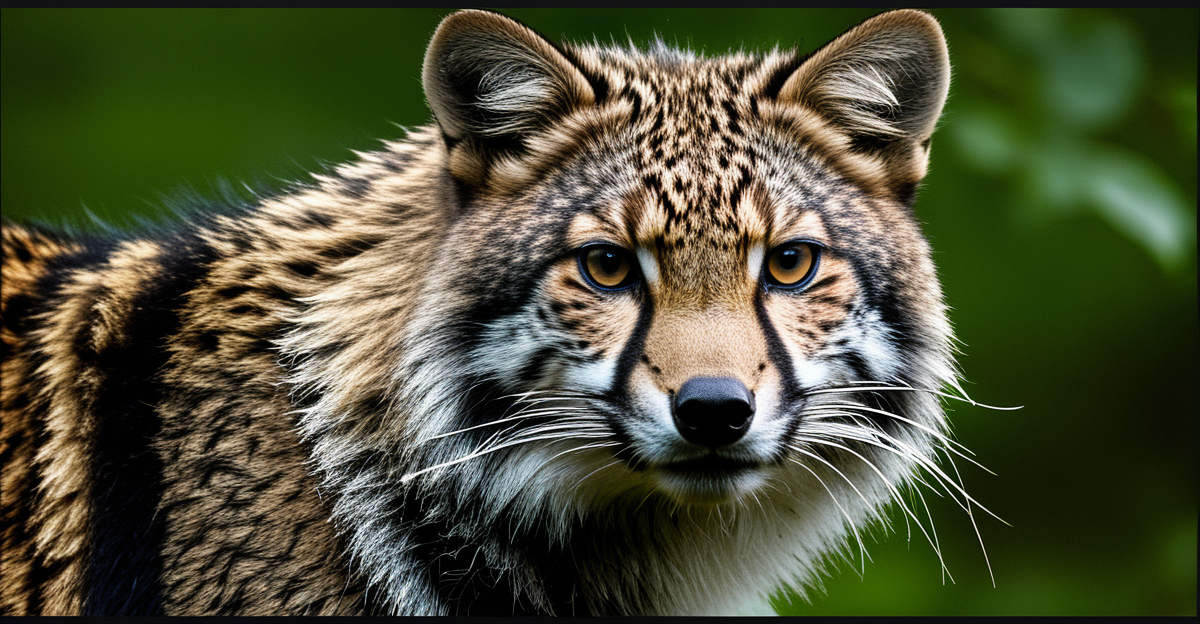Monitoring wildlife demands reliable cameras that perform flawlessly day and night. Choosing the right model means understanding how features like motion activation, night vision, and weatherproof design affect your results. This guide highlights trusted brands and key options, helping you capture clear footage of animals in their natural environment with confidence and ease.
Essential information for choosing and using wildlife cameras
Options for wildlife cameras are vast—see this page: Quick access here for full details—spanning basic motion-activated garden models to advanced 4G-equipped trail cameras designed for harsh weather and remote monitoring. Most wildlife cameras fall into a few main categories: motion-activated cameras, which detect animals via PIR sensors and record only when there’s movement; infrared and night vision cameras for nocturnal activity; wireless or WiFi models featuring live view and instant smartphone alerts; and robust 4G trail cameras for real-time remote access even where WiFi is unavailable.
Also read : Ultimate guide to choosing wildlife cameras for night use
Key features to evaluate include weatherproof housing (IP65–IP67), essential for UK conditions, and battery or solar power for uninterrupted operation. Seek cameras with adjustable motion detection sensitivity to reduce false triggers, and easy-to-navigate settings for image resolution and night vision. For garden use or close-range monitoring, compact, low-mount cameras (such as the NatureSpy WiFi WildCam 2) can provide detailed footage of hedgehogs or birds.
For monitoring wider ranges or elusive species like deer and foxes, consider models with fast trigger speed, long battery life, and strong night vision. Choose based on where, what, and when you want to observe—balancing convenience and the level of detail needed to capture wildlife reliably.
Also read : Transforming early disease detection: how graphene-enhanced sensors are leading the charge
Feature Analysis and Comparative Review of Leading Wildlife Camera Brands and Models
Leading Brands Overview
Browning, Bushnell, Spypoint, and Ltl Acorn dominate the wildlife camera market with reputations for performance, robust reliability, and innovation. Browning cameras excel in trail-ready features and carry a 2-year warranty when sourced from leading retailers, boosting user confidence. Bushnell trail cameras deliver advanced sporting optics and rugged capability, built for demanding outdoor users. Spypoint, recognized for Canadian engineering, incorporates smart connectivity and durable enclosures. Ltl Acorn remains a top choice for compact and discreet garden wildlife monitoring, proving that effective tech and affordability can go hand in hand.
Key Product Features
Across these brands, high-resolution imaging is mainstream, with sensors ranging from 12MP to 64MP and select models capturing 4K video. Infrared and no-glow night vision systems ensure that observation continues after dark without startling wildlife. Motion sensors with rapid trigger speeds, down to 0.1 seconds, reduce the risk of missed activity. Diverse power options include long-life AA, rechargeables, and solar units, aiding extended, low-maintenance deployment.
Price Range, Value, and Budget-to-Premium Options
Entry-level wildlife cameras—such as Ltl Acorn LTL531a—begin around £49, offering HD video and weatherproof builds. Mid-range and premium models (e.g., Bushnell Core DS-4K, Spypoint Force Dark) pair best-in-class image quality and advanced night vision with higher durability for reliable field use. Price differences often reflect trigger speed, connectivity, and included accessories, making careful feature comparison essential for value. Warranties and responsive customer support further enhance peace of mind.
User Experience, Setup, and Best Practices for Optimal Wildlife Camera Results
Setup Guides, Placement Recommendations, and Troubleshooting
To achieve precise wildlife monitoring, the SQuAD approach reveals that accurate camera placement and regular checks dramatically boost both detection and data quality. Mount cameras between 18–36 inches above ground near clear animal pathways. Ensure the device faces away from direct sun to avoid image washout and false triggers.
Choose Class 10 microSD cards (ideally 32–128GB) for reliable, uninterrupted footage and faster video writing speeds. Routinely clear or back up your storage, as a full card halts new recordings. Using rechargeable lithium batteries or solar panels can extend operation in remote gardens or reserves—especially where frequent battery swaps aren’t feasible.
For battery or signal issues, check seating of batteries and cleanliness of terminals. Weak WiFi? Move the camera closer to your router, or use a WiFi extender. If the device misfires or misses animals, recalibrate motion sensitivity or check for obstructions like swaying branches.
Maximizing Performance and Security
Use camouflaged housings and natural cover to discreetly blend equipment with surroundings and minimize disruption to wildlife. For remote viewing, WiFi or 4G cameras paired with intuitive apps provide instant alerts, live feeds, and the ability to change settings on the go. Secure mounts and anti-theft cables safeguard equipment from tampering or theft.
Responsible Use and Support Resources
Maintain privacy by respecting property lines and never placing cameras in areas violating personal boundaries. Seek out regular firmware updates, accessory bundles, and join expert communities for shared tips. Comprehensive support—through manuals and responsive customer teams—ensures you get the most from your device while ethically supporting local wildlife projects.




